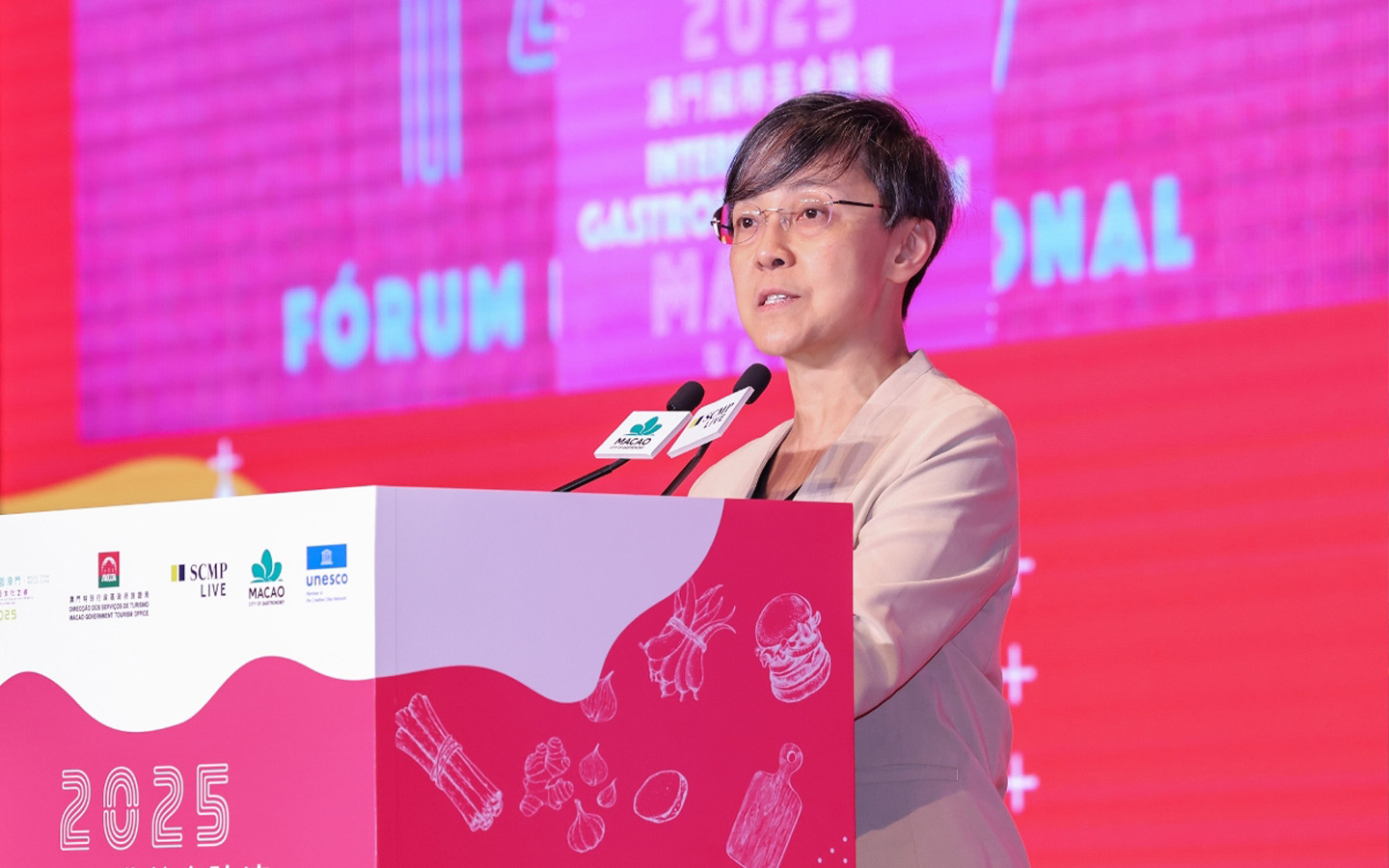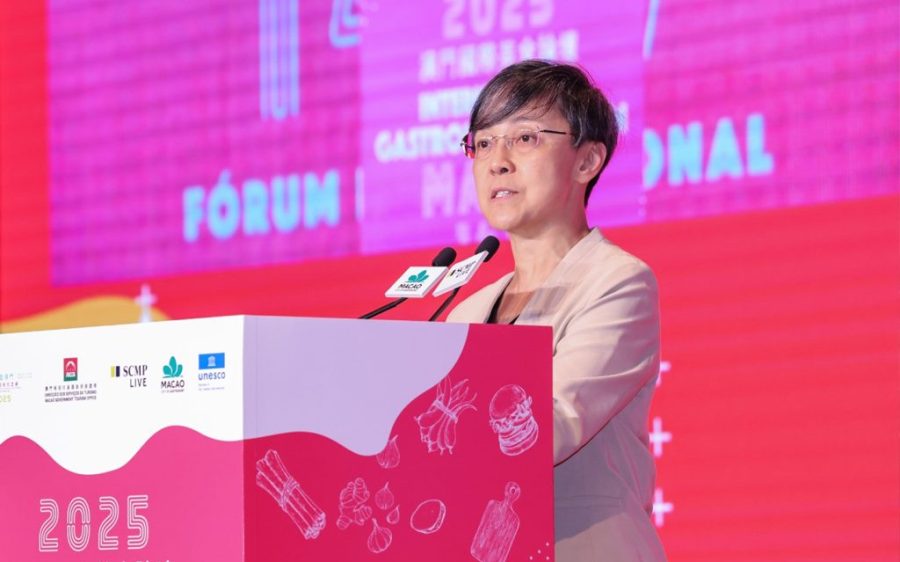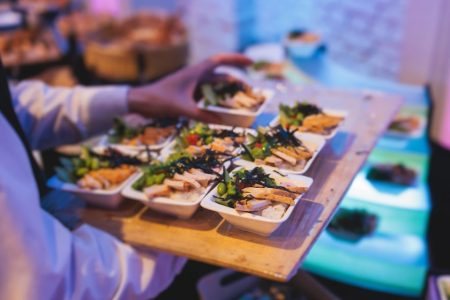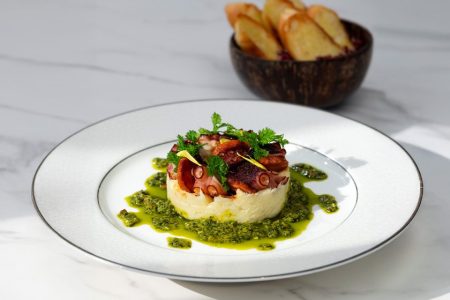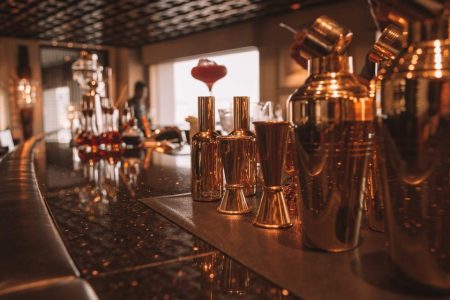Experts at the International Gastronomy Forum yesterday presented keynote speeches and participated in panel discussions on the role of spices and the spice trade in worldwide cuisines. The event was attended by representatives from over 30 UNESCO Creative Cities of Gastronomy.
Macao Government Tourism Office chief Maria Helena de Senna Fernandes kicked off the proceedings by highlighting the “deeply-intertwined” connection between Macanese cuisine and the spice trade. As a major hub along the Maritime Silk Road, Macao’s recipes contain remnants of its history as a bridge between East and West, she said.
Guest speaker Jordy Navarra – the head chef and owner of Toyo Eatery in Manila – gave a presentation on how the Philippines’s colonial history shaped its cuisine, allowing diners to ”explore memory through the ingredients.” For Navarra, a key characteristic of the Philippines’s culinary identity is its diversity. The country has been a territory of both Spain and America, and these western influences, combined with the local culture, has produced such unique flavors as the kinilaw (a Philippine version of ceviche) and banana ketchup, which Navarra features at his restaurant.
[See more: What’s on in Macao for Asia’s 50 Best Bars?]
The event also featured a panel discussion on how different Asian cuisines were affected by the spices available in each region. Moderated by Douglas Parkes, editor of 100 Top Tables at Hong Kong’s South China Morning Post, the panel featured David Wiley, a lecturer at the Macao University of Tourism; Vicky Cheng, chef and owner of the VEA and Wing restaurants in Hong Kong; Chonlathip “Bowling” Rayamas, a Thai food influencer; Hironori Maeda, the executive chef at the Mizumi restaurant at Wynn Palace; and Murat Kara, chef de cuisine at the Grand Lisboa Palace Resort Macau.
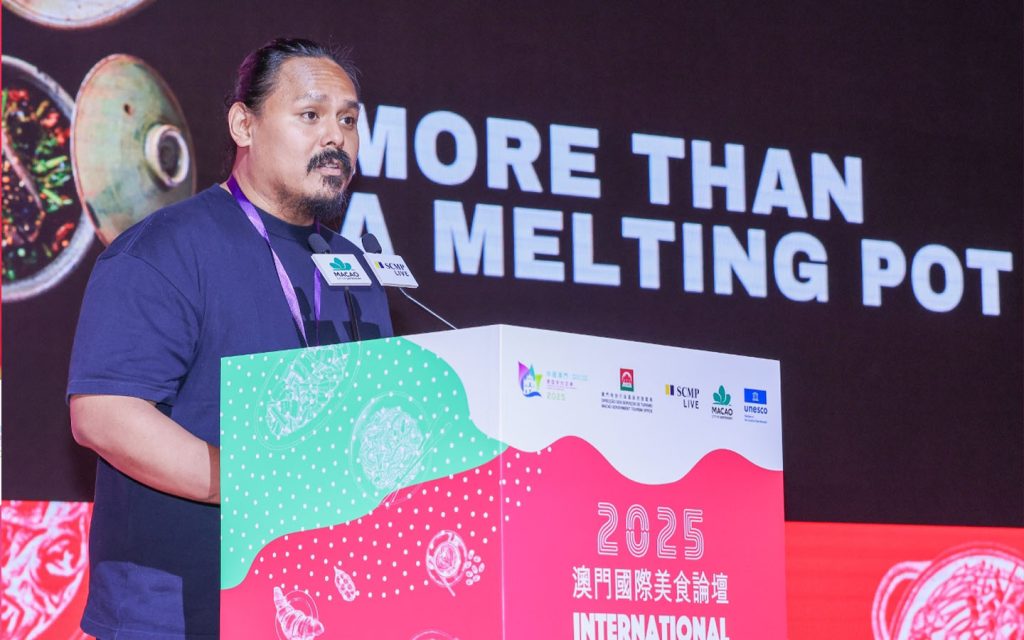
According to Rayamas, the spice trade played a defining role in Thailand’s culinary identity. Spices brought from other countries became integrated into Thai food, ultimately resulting in the cuisine’s characteristic spicy kick, she said. Maeda meanwhile noted the practical usage of spices in Japanese food: wasabi, for instance, is used to decrease the amount of bacteria present in raw fish, while processes such as fermentation can improve digestion, he said.
Chef Varun Totlani of Masque Restaurant in Mumbai meanwhile gave a keynote speech on the history and significance of spices in Indian cuisine. According to Totlani, each ingredient has multiple uses in Indian cuisine – the same vegetable could be stir fried as the star of its own dish or dehydrated and powdered to become a form of seasoning. “The idea is to make most of everything that is then available in the country,” he said.
Tradition and modernity in cuisine
The day’s second panel discussion was centered around how fusion cuisines are created. The discussion was moderated by Lee Williamson, executive director of specialist publications at the Post. On the panel were Antonieta Fernandes Manhão, a chef and culinary instructor in Macao; Antimo Maria Merone, the executive chef and co-owner at the restaurant Estro in Hong Kong; Susan Jung, the academy chair of Asia 50 Best and World 50 Best Restaurants for Hong Kong, Macao and Taiwan; Jack Siew, the director of culinary operations at the City of Dreams; and Tony Yoo, a consultant chef for MGM and owner chef of the Dooreyoo restaurant in Seoul.
The chefs discussed the art of maintaining a balance between tradition and modernity when innovating on local cuisines. Jung said discretion needed to be shown when chefs add ingredients from one culture to an existing dish: “You need an inherent knowledge of the ingredients,” she said.
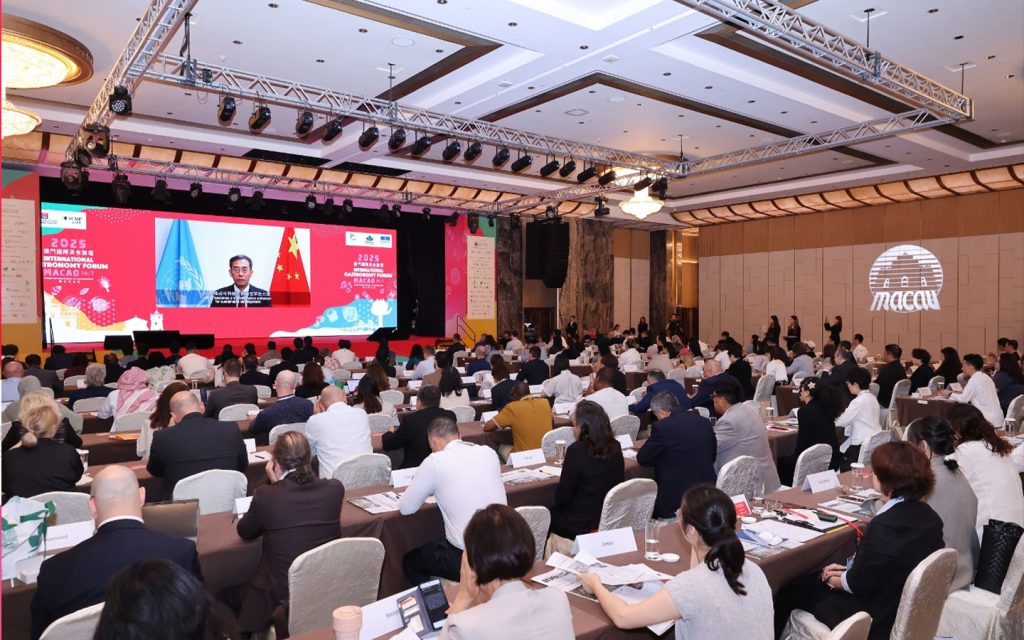
According to Merone, the secret ingredient is expertise gained from collaborating with other chefs. His restaurant’s signature dish, the bottoni – a button-shaped filled pasta – arrived at its current form through around 15 iterations and a process of travelling the world from France to Japan to select the best spices, he said.
[See more: Everything you need to know about International Cities of Gastronomy Fest 2025]
The final panel discussion was themed around the diversity of cultures present in Macao’s culinary scene. The panel was moderated by Cat Nelson, the editor of the weekend magazine at the Post; and featured Raymond Vong, the owner of the Henri’s Gallery restaurant; Ricardo Chaneton, executive chef and co-owner of the restaurant Mono; Shelley Tai, the founder of the Mius restaurant in Hong Kong; Jun Kim, executive sous chef of the Londoner Macao; Norihisa Maeda, the executive chef of the restaurants Sushi Kissho by Miyakawa and Teppanyaki Shou at the Galaxy Macau.
The forum was a part of Macao’s International Cities of Gastronomy Fest, which also includes an International Gastronomy Promenade and City of Gastronomy Showcase at the Fisherman’s Wharf from July 11-20.
Macao News is an official media partner of the 2025 International Cities of Gastronomy Fest.
